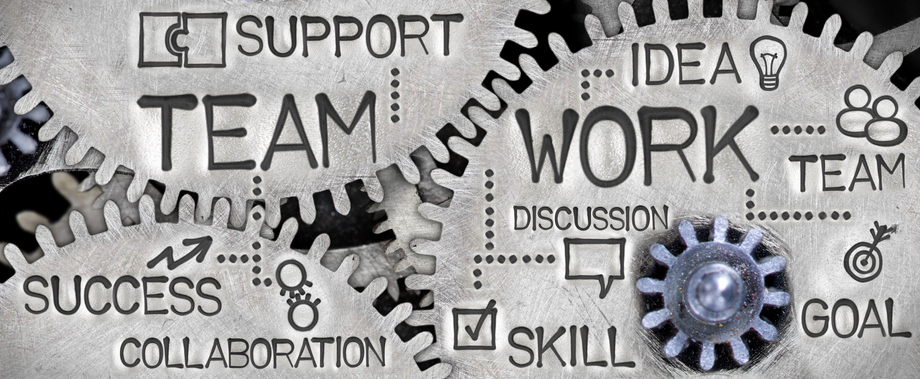
Five Ways to Build a Better Relationship with Your Employees
Managers and team leaders have a crucial role in the workplace because they have the power to influence morale through the relationships they have with their team. When morale is high, workers perform better and generally stay with a company for longer. If you want to foster a better relationship with your team, then try these five tips that will get results.
Embrace Your Position
Many leaders haven’t done managerial training. They often acquire the position by progressing through the company and applying for a promotion. This can leave some people in this position feeling a little awkward about their role. If you feel like this then remind yourself that great leaders aren’t born, they are made and it all starts with the right mind-set. If you believe in yourself and learn to feel comfortable with delegating tasks and giving meaningful feedback, then your team will respond accordingly.
Be Approachable
In order to be approachable, you need to be friendly and demonstrate that you are trustworthy. This means having an open-door policy where workers can come and discuss any concerns that they have about their job or any issues that prevent them from working effectively.
A Harvard Business Review survey found that a staggering 56 percent of employees would trust a stranger more than their boss, which shows that in many organizations there is a climate of distrust between managers and workers. If you want your staff to trust you more then be sure to do these four things:
• Be open and friendly
• Do what you say
• Be respectful of other people’s ideas
• Be honest and supportive
You could also give them a task that you wouldn’t normally ask them to do because by doing this, you are showing them that you trust them. And humans are generally reciprocal by their very nature. If someone puts their trust in us, we are much more likely to put our trust in them.
Show Appreciation
According to Office Vibe, 89 percent of bosses think that the primary reason employees leave a company is to find a job that pays better when in actual fact, the figure is only 12 percent. The main reason why people leave a firm is that they don’t feel valued. This is backed up by research gathered by Global Studies. They found that the most common reason for people to leave their job was that they felt unappreciated.
Over time this issue can lead to low employee retention rates. However, it can easily be fixed by demonstrating good people skills and showing appreciation. A simple ‘thank you’ or praise for a job well done can do wonders for morale.
Know Your Team
Do you know the names of everyone in your team? If not, then learn them because people tend to do better when they are acknowledged. In addition, find out what motivates them and implement strategies to increase engagement. When people are fully engaged at work they feel better about doing their job and perform better as a result.
Encourage Social Connections
Most of us spend a third of our lives working and one of the crucial factors in feeling satisfied at work is the social connections that we make with our colleagues. The author of How to Be Happy at work, Annie McKee says, “one of the ways we can make ourselves happy and feel more fulfilled in our workplaces is to build friendships with the people that work with us…” Be sure to encourage this because it’s beneficial to your team’s happiness and well being, and it’s good for business.
As someone in a position of power, you can help to cultivate a better working environment through the meaningful interactions that you have with your team.


